AI Model Predicts Tobacco-Induced Facial Aging
A NEW AI-based simulator integrating dermatologist expertise predicts how tobacco use accelerates facial aging over 15 years.
Combining Dermatologist Knowledge with AI Modeling
Researchers have…

A NEW AI-based simulator integrating dermatologist expertise predicts how tobacco use accelerates facial aging over 15 years.
Researchers have…

In the world of high-end gaming headsets, the SteelSeries Arctis Nova Pro Wireless (8/10, WIRED Recommends) stands out with an impressive feature set and excellent audio. Right now, you can pick up the wireless model for just $300 from Amazon, an…
The search for traces of life can be based on the detection of specific signatures produced by microorganisms on sedimentary rocks.
Microbially induced sedimentary structures…
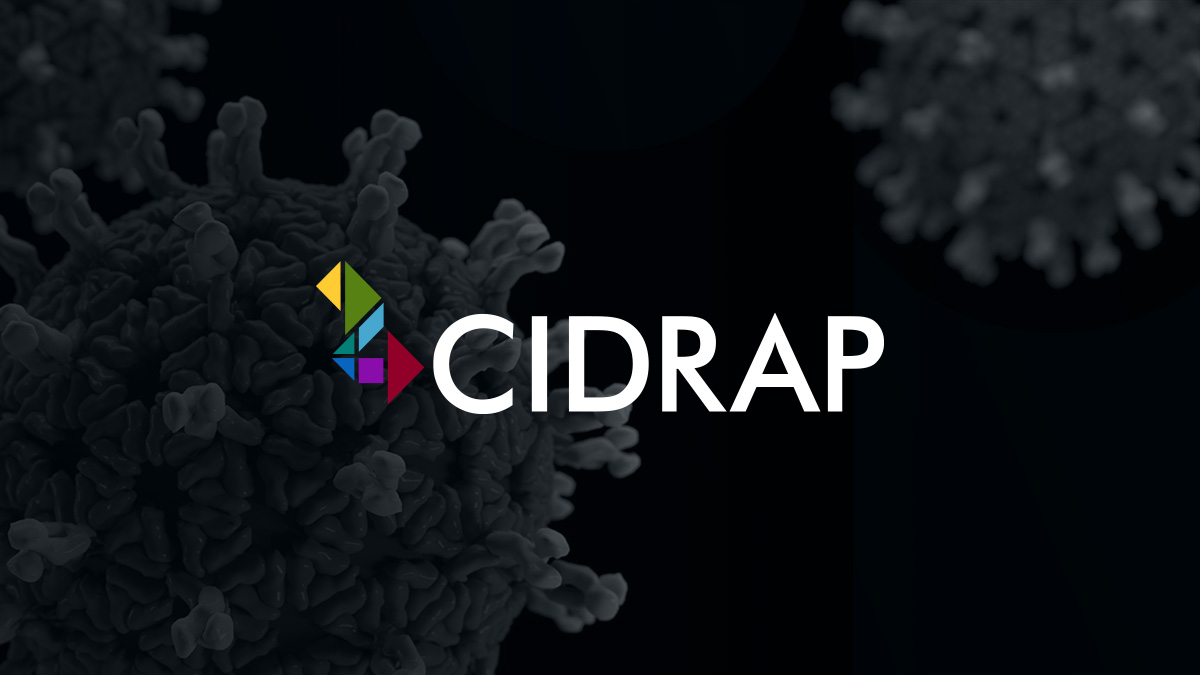
The European Centre for Disease Prevention and Control (ECDC) is urging the use of targeted prevention measures after four countries documented five cases of locally acquired clade 1b mpox, indicating community…
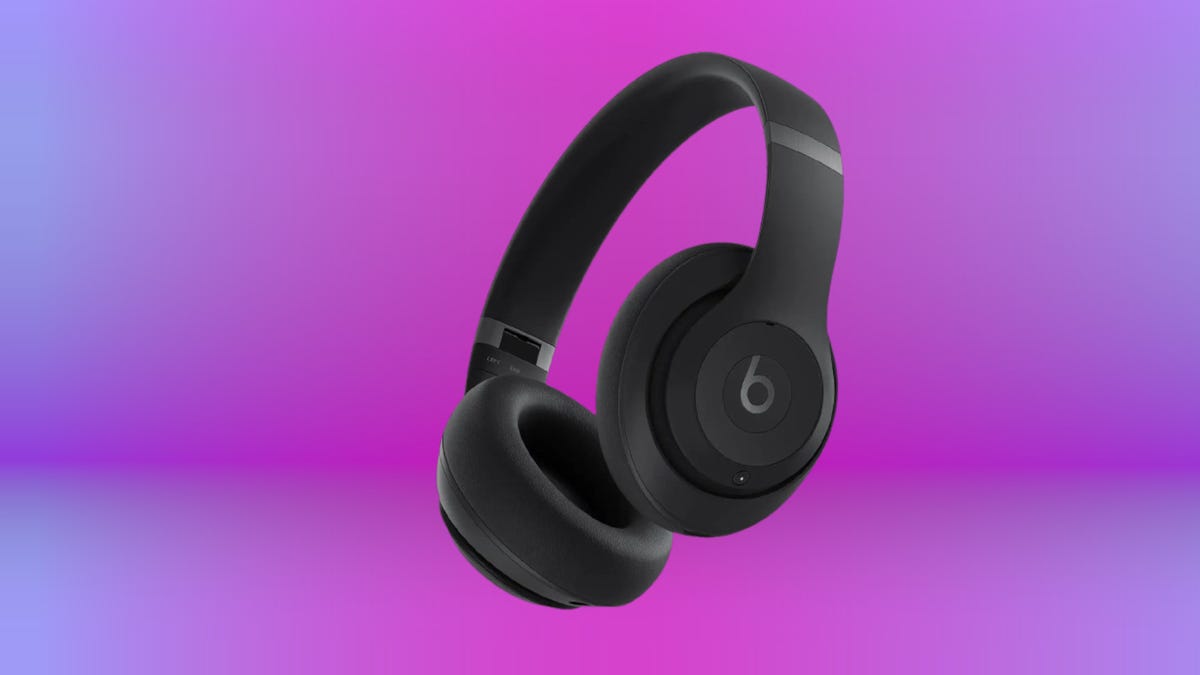
Apple’s popular line of Beats wireless headphones is the subject of a class-action lawsuit alleging that the devices don’t work as advertised for voice calls. The suit, filed in August in California, says that headphones under Apple’s Beats…

The US main transportation safety regulator said on Friday it is seeking information from Tesla about a new driver assistance mode dubbed “Mad Max” that operates at higher speeds than other versions.
Some drivers on social media report that Tesla vehicles using the more aggressive version of its full self-driving (FSD) system could operate above posted speed limits.
“NHTSA is in contact with the manufacturer to gather additional information,” the National Highway Traffic Safety Administration (NHTSA) said in a statement. “The human behind the wheel is fully responsible for driving the vehicle and complying with all traffic safety laws.”
NHTSA earlier this month opened an investigation into 2.9m Tesla vehicles equipped with its full self-driving system due to the dozens of reports of traffic-safety violations and crashes.
NHTSA said in opening the investigation it is reviewing 58 reports of issues involving traffic safety violations when using FSD, including 14 crashes and 23 injuries.
after newsletter promotion
Tesla did not immediately respond to a request for comment, but last week reposted a social media post that described Mad Max mode as accelerating and weaving “through traffic at an incredible pace, all while still being super smooth. It drives your car like a sports car. If you are running late, this is the mode for you.”
NHTSA said earlier this month that FSD – an assistance system that requires drivers to pay attention and intervene if needed – has “induced vehicle behavior that violated traffic safety laws”.
The agency said it has six reports in which a Tesla vehicle, operating with full self-driving engaged, “approached an intersection with a red traffic signal, continued to travel into the intersection against the red light and was subsequently involved in a crash with other motor vehicles”.
Tesla says FSD “will drive you almost anywhere with your active supervision, requiring minimal intervention” but does not make the car self-driving.
Tesla’s full self-driving, which is more advanced than its autopilot system, has been under investigation by NHTSA for a year. In October 2024, NHTSA opened an investigation into 2.4m Tesla vehicles with FSD after four collisions in conditions of reduced roadway visibility. The Washington Post had previously reported the agency’s interest in the Mad Max mode.
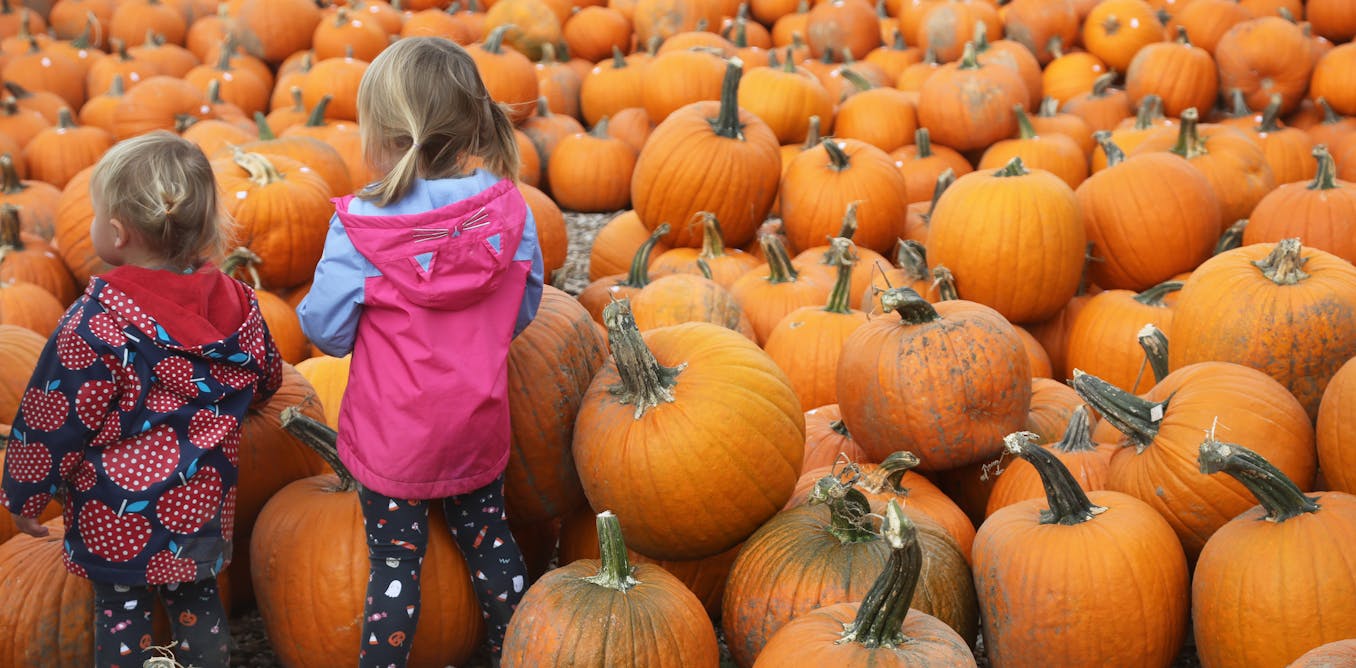
October in much of the U.S. brings cooler weather, vibrant fall colors and, of course, pumpkin-spiced everything. This is peak pumpkin season, with most of the American pumpkin crop harvested in October.
With the pumpkin spice craze fully underway, I find myself thinking more about pumpkins. As an extension specialist working at Oklahoma State University’s botanic garden, I educate the people pouring in to buy pumpkins at our annual sale about the plant’s storied history and its prominence today.
While people often picture pumpkins as bright orange, they actually come in a wide range of colors, including red, yellow, white, blue and even green. They vary in size and texture too: Some are smooth, others warty. They can even be miniature or giant.
The word “pumpkin” comes from the Greek word “peopon,” meaning “large melon.” Botanically, pumpkins are fruits because they contain seeds, and they belong to the squash family, Cucurbitaceae. This family also includes cucumbers, zucchini and gourds. Pumpkins are grown for many purposes: food, seasonal decorating, carving for Halloween and even giant pumpkin contests.
All 50 states produce some pumpkins, with Illinois harvesting the most. In 2023, Illinois grew 15,400 acres of pumpkins. The next largest amount was grown in Indiana, with about 6,500 acres.
Pumpkin yields vary each year, depending on the varieties grown and the growing conditions in each area. The top six pumpkin-producing states are California, Illinois, Indiana, Michigan, Pennsylvania and Washington.
Pumpkins originated in Central and South America, ending up in North America as Native Americans migrated north and carried the seeds with them. The oldest pumpkin seeds discovered were found in Mexico and date back about 9,000 years.
Pumpkins were grown as a crop even before corn or beans, the other two sisters in a traditional Native American “three sisters” garden. The three sister crops – corn, beans and squash – are planted together, and each has a role in helping the others grow.
Native Americans planted corn in the spring, and once the plants were a few inches tall, they planted beans. The beans vine around the corn as it grows, giving them a natural trellis. Beans also have the ability to take nitrogen from the atmosphere, and with the help of bacteria they convert it into forms that plants can use, such as ammonia, for fertilizer.
After the beans started growing, it was time to plant squash, such as pumpkin. Squash leaves covered the ground, shading the soil and helping keep it moist. The giant leaves also helped reduce the number of weeds that would compete with the corn, bean and squash growth.
Every part of the pumpkin plant is edible, even the flowers. Some Native American groups would dry pumpkins’ tough outer shells, cut them into strips and weave them into mats.
Pumpkins were introduced to Europe from North America through the Columbian Exchange. Europeans found that the pumpkins grown in the New World were easier to grow and sweeter than the ones in 1600s England or France, likely due to the weather and soil conditions in the Americas.
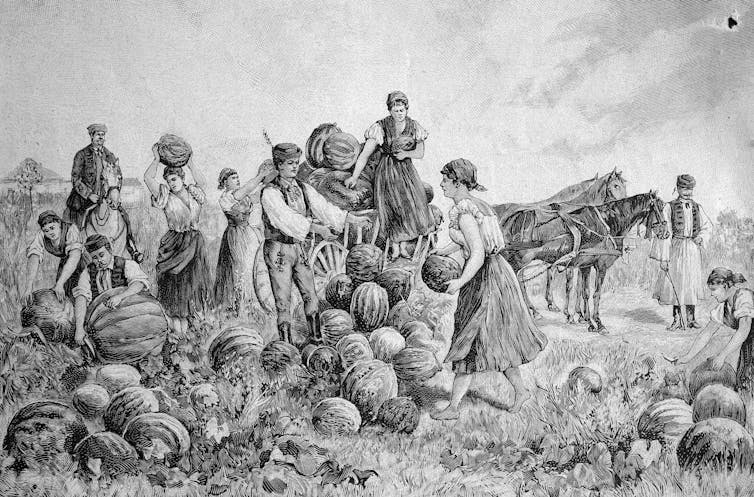
Native Americans introduced early settlers to pumpkins, and the colonists eagerly incorporated them into their diet, even making pies with them.
Early settlers’ pumpkin pies were hollowed-out pumpkins filled with milk, honey and spices, cooked over an open fire or in hot ashes. Others followed English traditions, combining pumpkin and apple with sugar and spices between two crusts.
The custard-style pumpkin pie we know today first appeared in 1796 as part of the first cookbook written and published in the United States, “American Cookery,” by Amelia Simmons. There were actually two pumpkin pie recipes: one used mace, nutmeg and ginger, the other just allspice and ginger.
Pumpkin spice as one mixed ingredient was sold beginning in the early 1930s for convenience. The spice mix typically includes a blend of cinnamon, nutmeg, ginger, allspice and cloves.
Pumpkins and pumpkin spice are now synonymous with fall in America. Pumpkin spice flavoring is used in candles, marshmallows, coffees, lotions, yogurts, pretzels, cookies, milk and many other products.
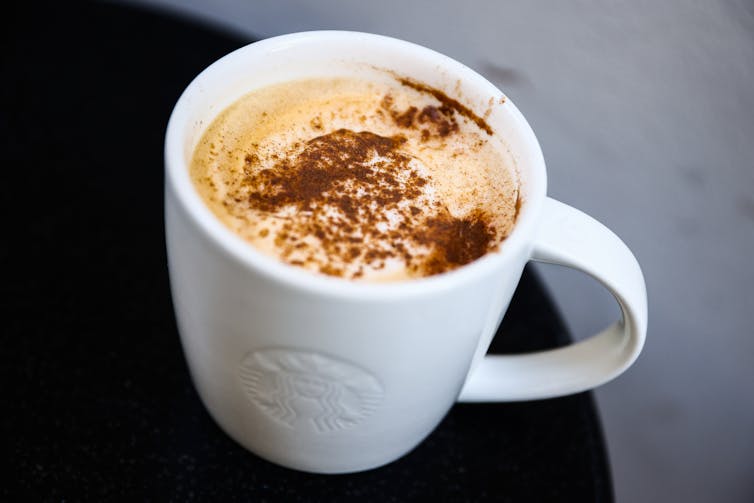
While pumpkin spice is available in one form or another all year long, sales of pumpkin-spiced products increase exponentially in the fall. The pumpkin spice craze is so popular that the start of the pumpkin spice season is a couple of months before the pumpkins themselves are even ready to harvest in October.
Americans continue to wholeheartedly embrace pumpkins today. Pumpkins in production are typically hand-harvested as soon as they mature, when the skins are hard enough to not be dented when you press it with your thumb.
Children often take field trips to pumpkin patches to pick their own. With the growing popularity of agritourism, many farmers are letting the customers go into the field and pick their own, getting more dollars per pumpkin than farmers could get by selling through the markets. Customer harvesting also reduces labor costs, produces immediate profits and builds community relationships.
In addition, farmers often combine the you-pick experience with other sources of income: corn mazes, hay rides, petting zoos and more. The customers get fresher fruit, enjoy a fun and educational activity and support the local economy.
This year you could get pumpkin spice flavors across the United States by late August, and the industry started promoting pumpkin spice season in July. Because fall has the right conditions for pumpkin picking, the season will keep its hold on pumpkin spice flavor, and consumers will continue to eagerly await its return each year.